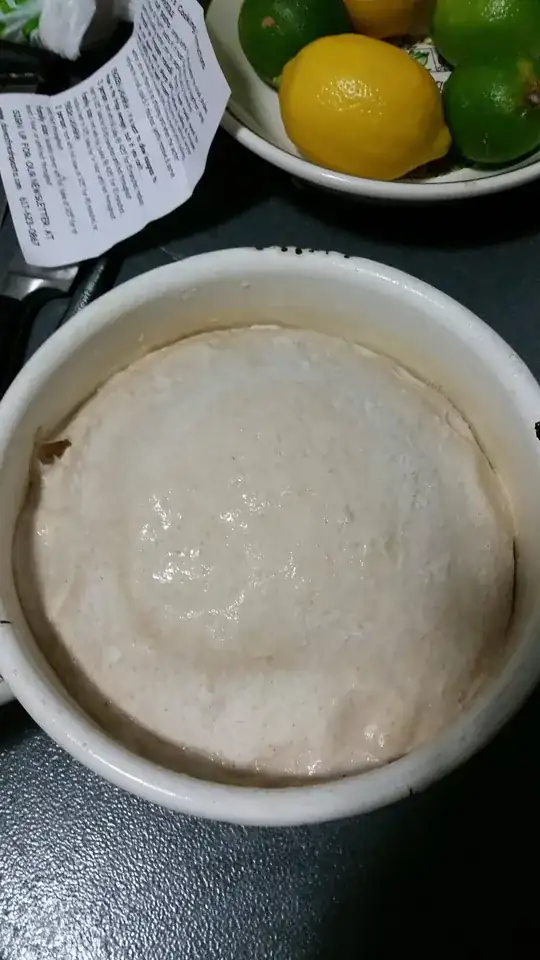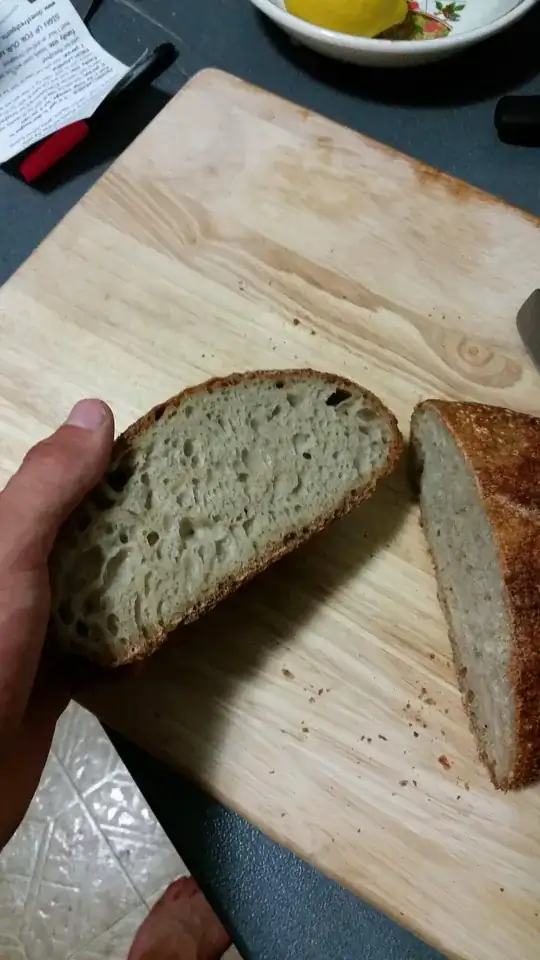Seth, I make pizza dough all the time.
I make about 4-6 rounds each time and then freeze them. It works just fine!
My method:
Depending on your dough, you need several stages of proofing. With pizza dough, I generally do the fast, slow, and extra slow method. Meaning it starts at the optimal temp for a fast rise within a warm and moist environment. The second is less warm and still moist. The moisture comes from a damp cloth or covered container/bowl. The third rise comes after. I roll the dough into small balls (or whatever shape you desire for bread) and then placing them in the fridge on a plate with some plastic wrap over the top.
Now, the third step is when I decide which pizza dough balls are the lucky ones. I'll freeze the rest that don't make it in the fridge. !!The important part is that the shape is intact when you freeze it.!!
This nearly stops or completely stops the proofing process of the dough. When I want to make more pizza, I take the dough out the night before and let the final proofing stage begin.
Note: I have found that this method works perfectly within 2-3 weeks of putting the dough in the freezer. I got mixed results after that time period where the dough would sometimes become thin and cracker-like. Still good pizza! But not the best.
Hope this helps! I've been making pizza dough for over 12 years. @Restaurants and @home.


